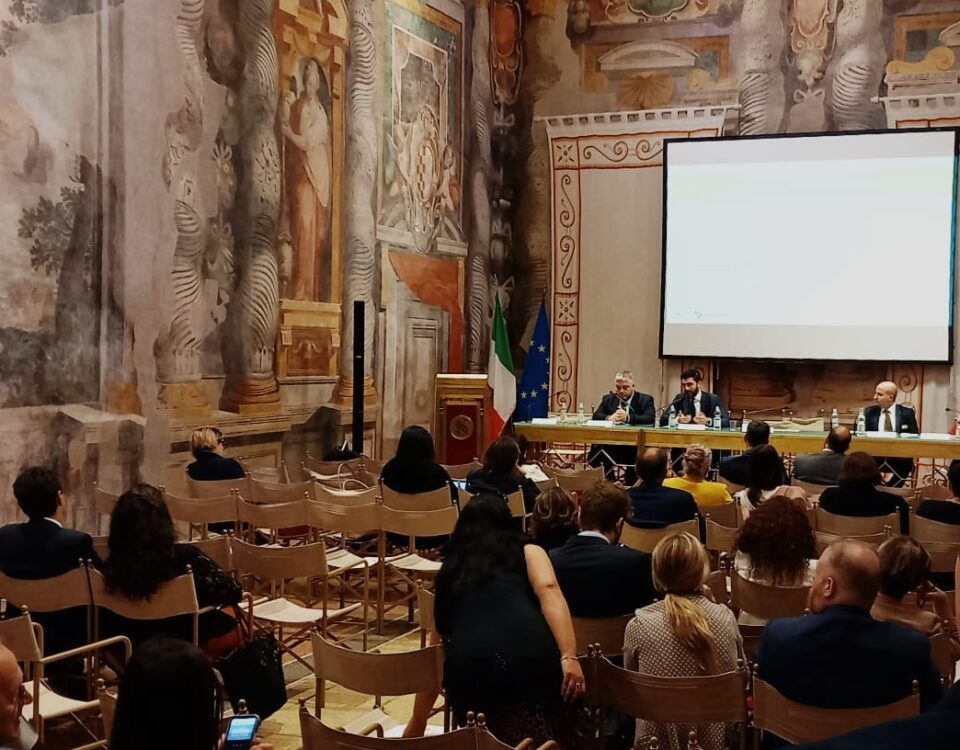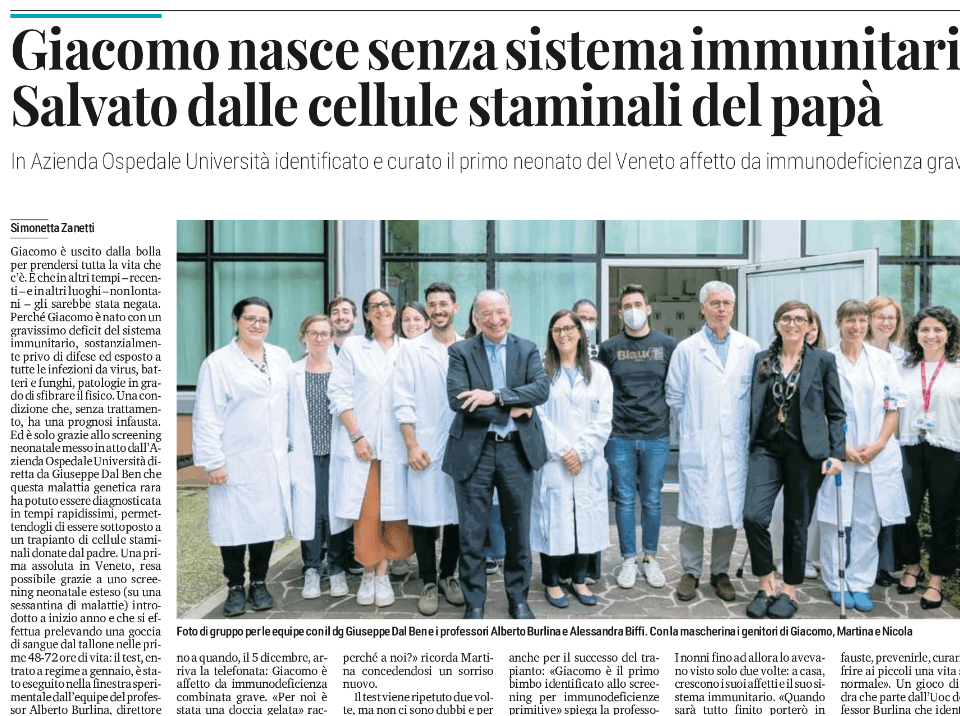Una mozione per le malattie rare non rientranti nel Decreto Ministeriale n. 279/01
4 Febbraio 2005Dalla Coppa America al biotec italiano
10 Febbraio 2005Gene Therapy and Your Child
“KidsHealth.org
Gene therapy carries the excitement of a cure-all for a host of diseases, the controversy surrounding the altering of human genes, and the promise of a type of medical treatment most of us would never imagine possible. With its potential to eliminate and prevent hereditary diseases such as cystic fibrosis and hemophilia and its use as a possible cure for heart disease, AIDS, and cancer, gene therapy is a potential medical miracle-worker.
But what about gene therapy for children? There’s a fair amount of risk involved in trials of this kind of therapy, and to date, only children who are seriously ill or have illnesses incurable by conventional means have been involved in clinical trials using gene therapy.
For those with serious illnesses that aren’t responsive to conventional therapies, however, gene therapy may soon offer hope that didn’t exist just a short time ago.
What Are Genes?
Your genes are part of what makes you unique. Inherited from your parents, they determine your physical traits – like the color of your eyes and the color and texture of your hair. They also determine things like whether you’ll be male or female, the amount of oxygen your blood can carry, and what your IQ will be.
Genes are composed of strands of a molecule called DNA and are located in single file within the chromosomes. The genetic message is encoded by the building blocks of the DNA, which are called nucleotides. There are approximately 3 billion pairs of nucleotides in the chromosomes of a human cell, and each person’s genetic makeup has a unique sequence of nucleotides. This is mainly what makes us different from one another.
Scientists believe that every human has about 25,000 to 35,000 genes per cell. A mutation, or change, in any one of these genes can result in a disease, physical disability, or shortened life span. These mutations can be passed from one generation to another, inherited just like a mother’s blond hair or a father’s brown eyes. Mutations can also occur spontaneously in some cases, without having been passed on by a parent. With gene therapy, the treatment or elimination of inherited diseases or physical conditions due to these mutations could become a reality.
Gene therapy involves the manipulation of genes to fight or prevent diseases. Put most simply, it introduces a “good” gene into a person who has a disease caused by a “bad” gene.
Two Types of Gene Therapy
There are two forms of gene therapy:
- Somatic gene therapy involves introducing a “good” gene into targeted cells with the end result of treating the patient – but not the patient’s future children because these genes do not get passed along to offspring. In other words, even though some of the patient’s genes may be altered to treat a disease, it won’t change the chance that the disease will be passed on to the patient’s children. This is the more common form of gene therapy that’s being done throughout the world.
- Germline gene therapy involves modifying the genes in egg or sperm cells, which will then pass any genetic changes to future generations as well. In experimenting with this type of therapy, scientists injected fragments of DNA into fertilized mouse eggs. The mice grew into adults and their offspring had the new gene. Scientists found that certain growth and fertility problems could be corrected with this form of therapy, which led them to think that the same could be true for humans. However, although it has potential for preventing inherited disease, this form of gene therapy is controversial and currently very little research is being done in this area, both for technical and ethical reasons.
Gene therapy is presently conducted only through clinical trials, which often take years to complete. After new drugs or procedures are tested in laboratories, clinical trials are conducted with human patients under strictly controlled circumstances. Such trials usually last 2 to 4 years and go through several phases of research. In the United States, the Food and Drug Administration must then approve the new therapy for the marketplace, which can take another 2 years.
The most active research being done in gene therapy for children has been for genetic disorders such as cystic fibrosis. Other gene therapy trials involve children with severe immunodeficiencies, such as adenosine deaminase (ADA) deficiency (a rare genetic disease that makes children prone to serious infection), and those with familial hypercholesterolemia (extremely high levels of serum cholesterol).
Gene therapy does have risks and limitations. The viruses and other agents used to deliver the “good” genes can affect more than the cells for which they’re intended. If a gene is added to DNA, it could be put in the wrong place, which could potentially cause cancer or other damage. Genes can also be “overexpressed,” meaning they can drive the production of so much of a protein that they can be harmful. Another risk is that a virus introduced into one person could be transmitted to other people or into the environment.
Although the National Cancer Institute reports that such problems have not occurred in any of the human gene therapy trials to date, not everyone is excited about this new kind of treatment.
“Gene therapy trials with some children present an ethical question,” says Linda Nicholson, MS, MC, a genetic counselor. We don’t test children to see if they are carriers of genetic diseases, because at this point, there’s nothing we can do about it. If a child knows he has a problem gene, there’s no guarantee he will be affected by it, but he has to live with the knowledge for the rest of his life. For example, the gene for some types of breast cancer has been identified. But if we test a young girl to see if she’s a carrier for it, what will she do with that information?”
“




